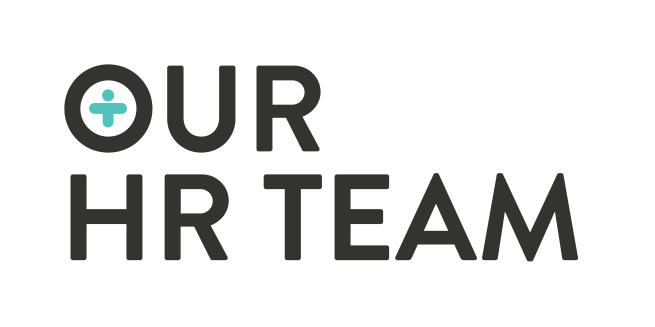By Phoebe Howe | Graduate HR Coordinator
Effective 30 June 2023, amendments to the National Employment Standard (NES) have introduced a new paradigm for unpaid parental leave. Previously, employees returning from parental leave who no longer wanted to continue with full time work commitments, even for a short period of time, were required to request flexible work arrangements or a part-time employment agreement with their employer in order to balance their parental responsibilities. This is no longer the case. Employees now have access to up to 100 days of their unpaid parental leave as flexible leave, creating a more flexible and accommodating environment for working parents.
Understanding Flexible Unpaid Parental Leave
Unlike traditional part-time or flexible work arrangements, the new flexible unpaid parental leave is an independent entitlement, meaning the employee will have the right to request this entitlement outside of other flexible arrangements that may be available to them.
Employees can choose to use up to 100 days of their unpaid parental leave entitlement flexibly, including as single days. For example, a parent who takes nine months of continuous parental leave from the date of birth or placement, could then return to work in their full-time role and utilise two days of flexible unpaid parental leave each week for the following nine months (a total of 78 flexible days) to work a part time week.
Employees also have more choice about when they take flexible unpaid parental leave. They can take the leave before, as well as after, any period of continuous unpaid parental leave they may take, and pregnant employees will also be able to access their flexible unpaid parental leave up to 6 weeks before the expected date of birth of their child.
How to take flexible leave?
To utilise this flexible leave, employees are required to provide 4 weeks’ notice prior to the intended flexible leave date to their employer. They must indicate the total number of days of flexible unpaid parental leave they intend to take and when they intend to take it. If this is not possible, the employee must give the notice as soon as practicable. Flexible leave can be taken at any time within the first two years from the child’s date of birth or placement.
As with flexible working requests, employees must put their requests for flexible unpaid parental leave in writing and an employer is required to respond to these requests within 21 days. The employer does have ground for refusing the request on reasonable business grounds, however it is important that the employer discuss the request with the employee and genuinely try to reach an agreement about the request. Employees will now have additional rights to dispute any refusal with the Fair Work Commission (FWC).
Next Steps
As an employer, it is vital to be aware of these changes and their implications to ensure compliance with the law and to foster a supportive workplace for your employees.
Here are few key things you can do following this update:
- Policy Update: consider any changes that may be required to your internal processes to advise employees of the new changes available to them.
- Manager Training: consider how you can upskill managers to understand how they will be considering and responding to requests.
- Time scales: be aware of your obligations to respond to extension requests within 21 days.
- Record Keeping: make notes of any requests made, including any discussions with the employee and decisions made, especially if you refuse a request.
If you need further assistance on navigating the recent legislative updates or would like help updating your parental leave policy/ internal processes do not hesitate to get in touch with us on 1300 1 OUR HR.
